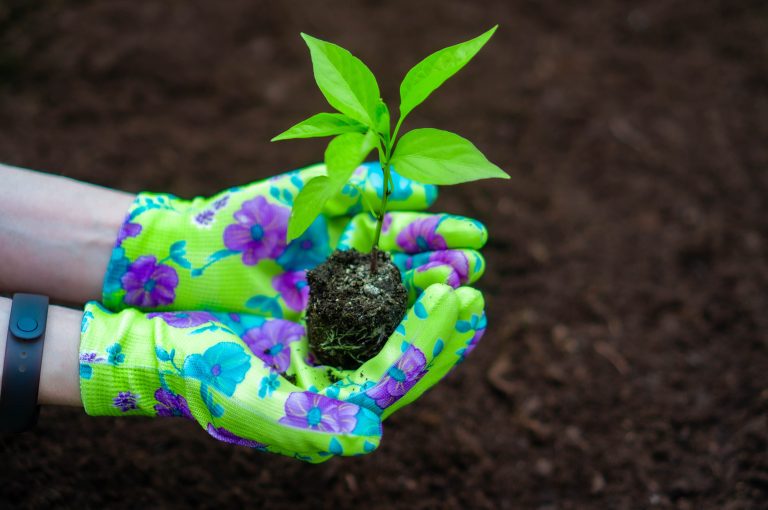Growing plants from seed is a rewarding process, but it takes more than just patience—it requires timing and care at every stage. One of the most critical steps is knowing exactly when to transplant your seedlings into potting soil. Move them too early, and they may not survive the shock; wait too long, and their…
